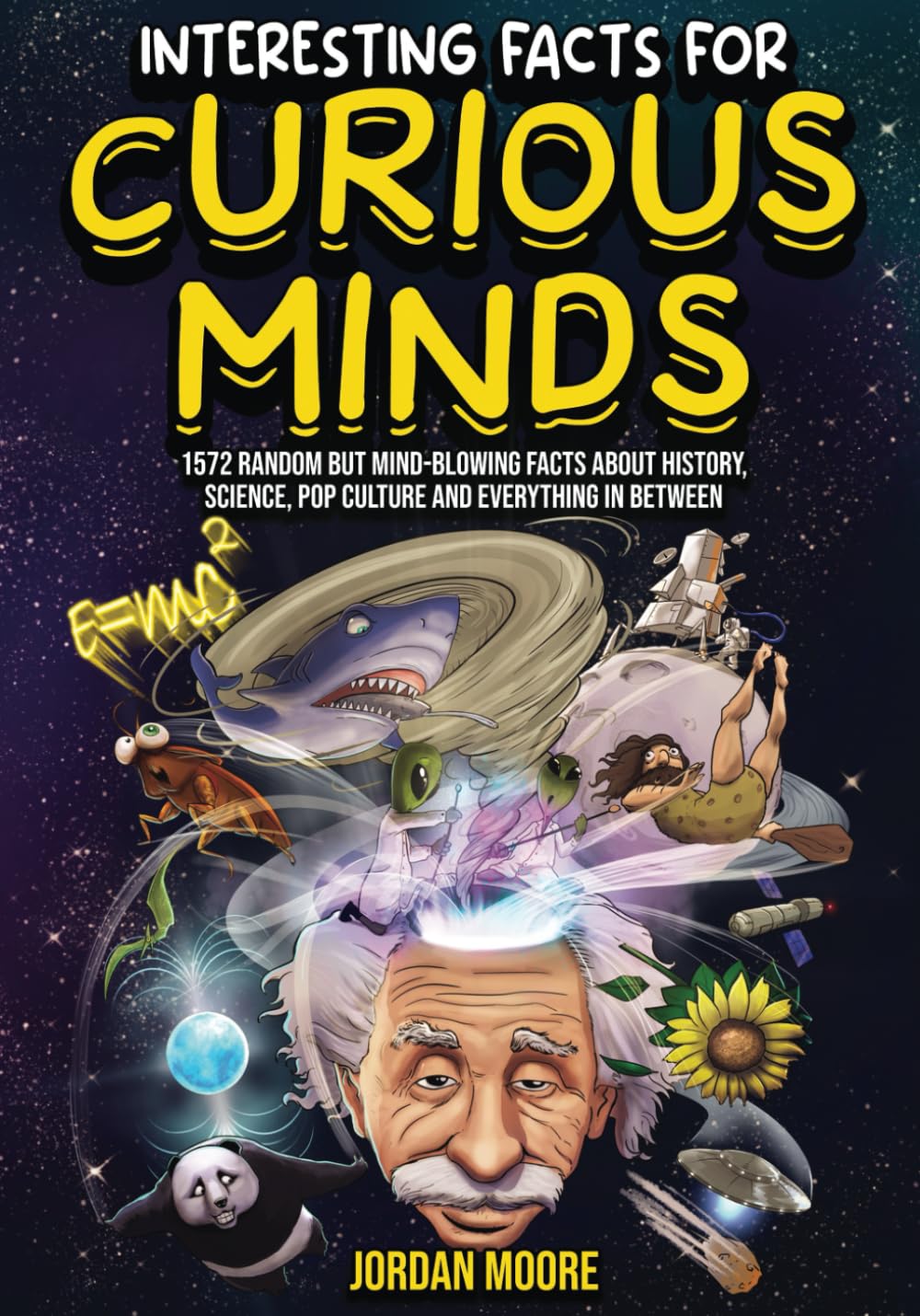
Interesting Facts For Curious Minds: 1572 Random But Mind-Blowing Facts About History, Science, Pop Culture And Everything In Between
Proof Of Esp?
byProof of ESP? Extrasensory perception (ESP) refers to abilities that go beyond the physical senses and are not yet validated or explained by conventional science. These abilities include telepathy, psychometry, clairvoyance, and precognition, each of which has been a subject of fascination and skepticism for centuries. Despite numerous claims and studies, no conclusive scientific proof has been found to verify the existence of these abilities, leaving the phenomenon largely classified under parapsychology, a field that explores supernatural occurrences, including ESP. Though it is not widely accepted in the scientific community, the idea of ESP remains intriguing to many, with frequent discussions about whether there is more to human perception than meets the eye.
The scientific exploration of ESP began in earnest in the 1930s with the work of Joseph Banks Rhine, a pioneering figure in the field. Rhine and his wife Louisa conducted various experiments at Duke University, aiming to understand and quantify ESP. Although their efforts did not yield definitive proof, they played a significant role in legitimizing the study of ESP within the academic realm. Rhine introduced methods like Zener cards, which were designed to test psychic abilities. These cards, bearing symbols such as a star, square, and circle, were used to determine whether individuals could correctly guess symbols from a shuffled deck, helping researchers assess extrasensory perception under controlled conditions. Despite the lack of conclusive results, Rhine’s work continues to influence parapsychology today.
Throughout the years, various other methods and individuals have attempted to prove or disprove ESP. One of the most notable experiments was the “Ganzfeld experiment” developed by Charles Honorton in the 1970s. This experiment involved one person (the sender) transmitting images to another person (the receiver) who was in a state of sensory deprivation. While the Ganzfeld experiment gained some attention, it eventually lost popularity due to challenges in replicating results. Another experiment with Zener cards in 1932, conducted by Rhine, showed that a divinity student named Hubert Pearce achieved a 40% accuracy rate, which was significantly higher than the 20% chance that would be expected by random guessing. Despite such instances, many skeptics argue that the results often fall within the margin of error or are too ambiguous to constitute proof of ESP.
Interestingly, ESP has also found its way into various intelligence and military agencies, further sparking curiosity about its potential. In 1978, the CIA collaborated with the Defense Intelligence Agency (DIA) on the Stargate Project, a series of remote viewing experiments aimed at using ESP for military intelligence purposes. The project ran for decades before being shut down in 1995, with limited publicly available results. Despite the program’s discontinuation, the fascination with ESP in government circles remains a point of intrigue. Additionally, experiments conducted by spiritualists like Edgar Cayce in the early 20th century predicted events such as the discovery of Atlantis, further blurring the lines between mysticism and scientific inquiry.
While ESP continues to be explored, public interest in the phenomenon remains high. Surveys indicate that a significant portion of the population believes in or has experienced some form of psychic event. A 2015 YouGov poll revealed that about 34% of respondents claimed to have had a psychic experience, with women being more likely than men to report such encounters. This belief is widespread, though the experiences described are often anecdotal and not scientifically substantiated. Whether it’s dream telepathy, precognitive dreams, or other forms of extrasensory perception, people across cultures and backgrounds report instances that seem to defy conventional understanding.
Despite the lack of definitive proof, the topic of ESP and its various forms remains popular in popular culture and scientific circles alike. Figures like Rosemarie Kerr, a psychic from Los Angeles, have been sought after for their supposed abilities to locate missing persons, with some successes attributed to their perceived extrasensory gifts. However, like other psychics before her, Kerr’s abilities have been met with skepticism, and much of the evidence is circumstantial. Even with countless claims of psychic experiences, from those who have assisted police investigations to those who have predicted future events, ESP remains an open question. Its allure persists, as many wonder if there truly is a hidden layer of human perception waiting to be uncovered.
Ultimately, while ESP has not been conclusively proven, the quest to understand it continues, with ongoing research and debates surrounding the topic. Scientific skepticism remains strong, but the fascination with the unknown drives people to explore further. Whether one believes in the power of the mind or not, the possibility that there may be unexplained phenomena beyond our current understanding of science ensures that ESP will remain a captivating subject for years to come.

